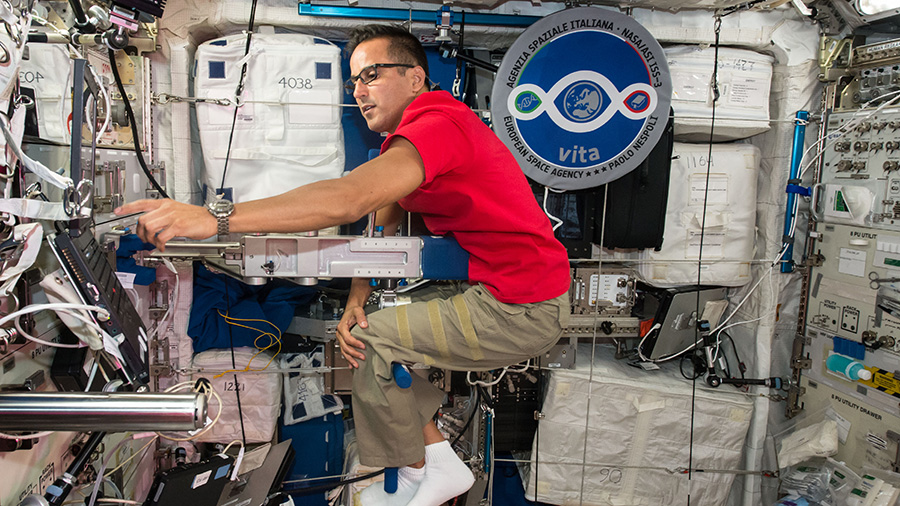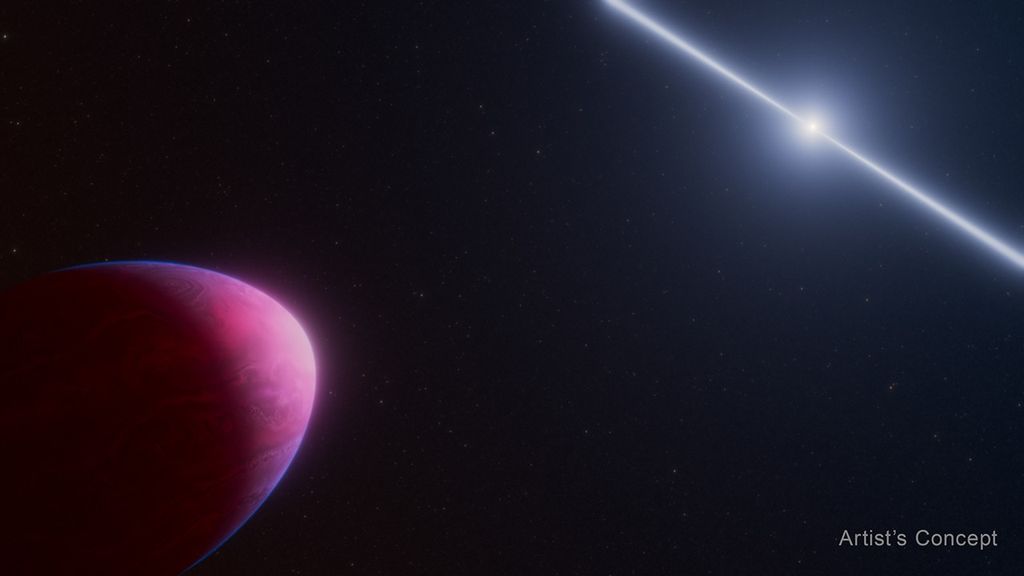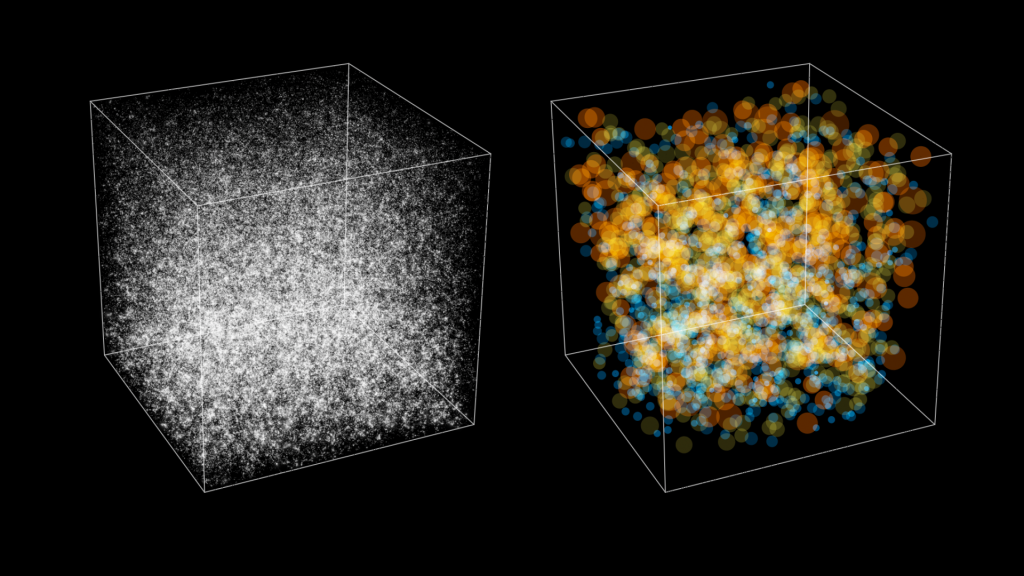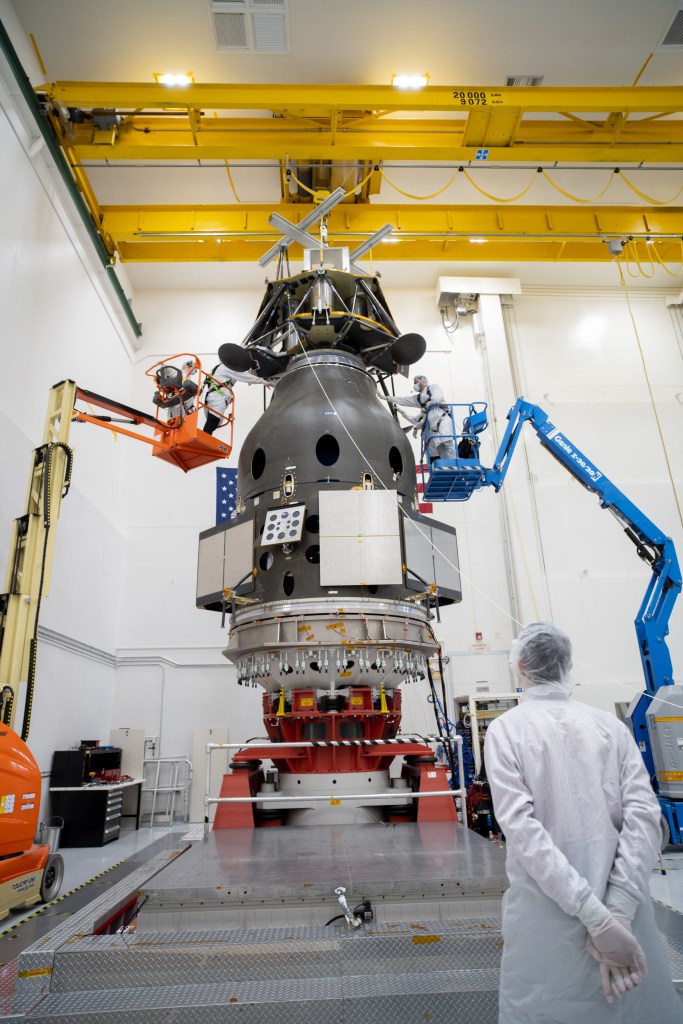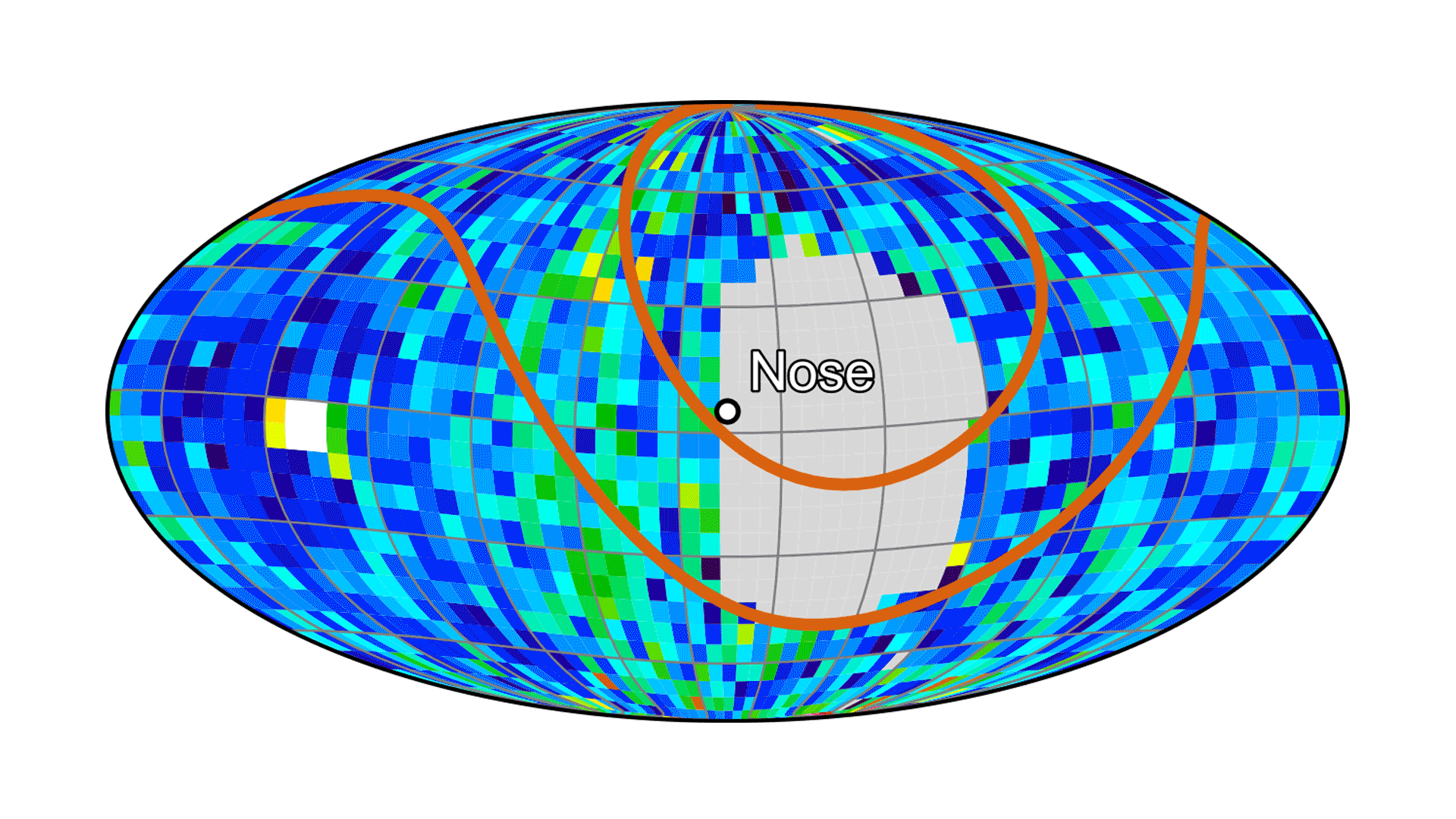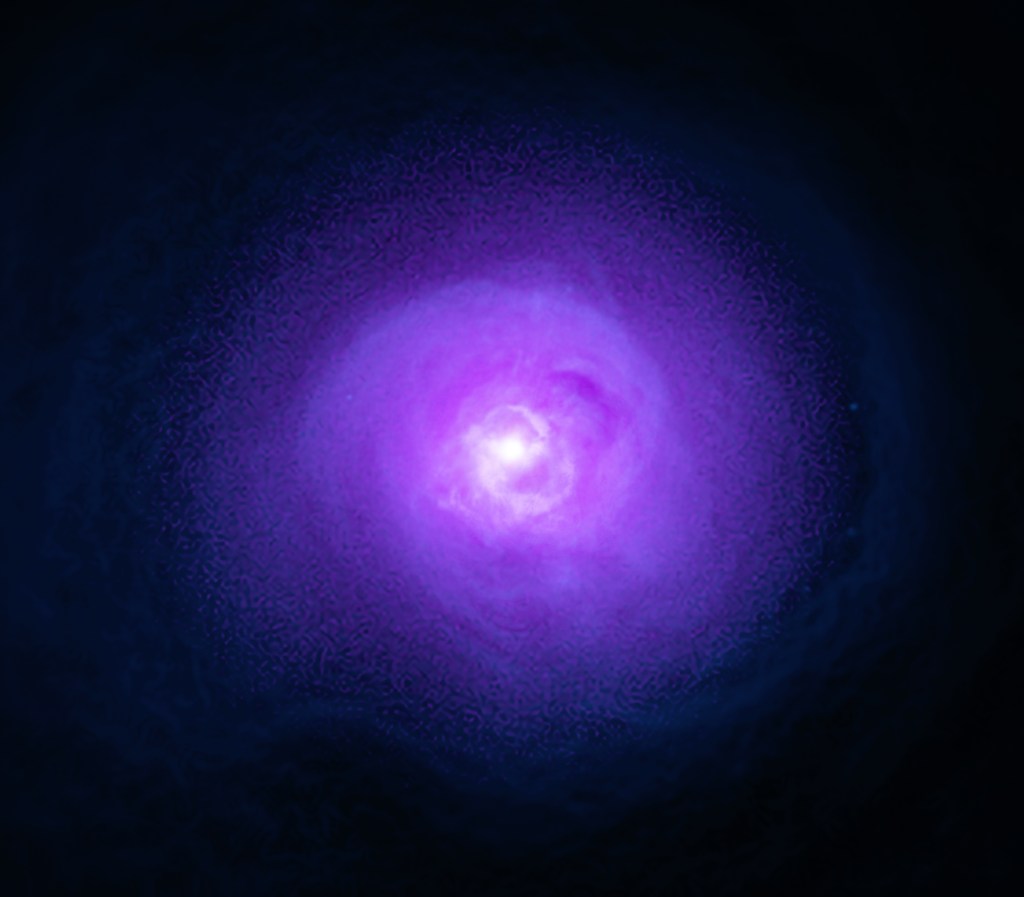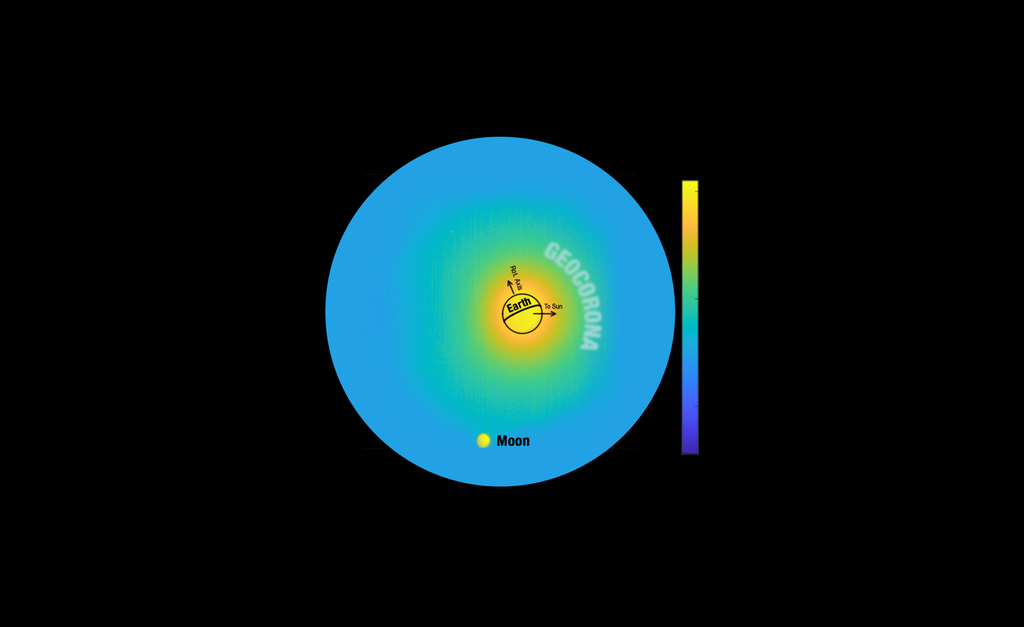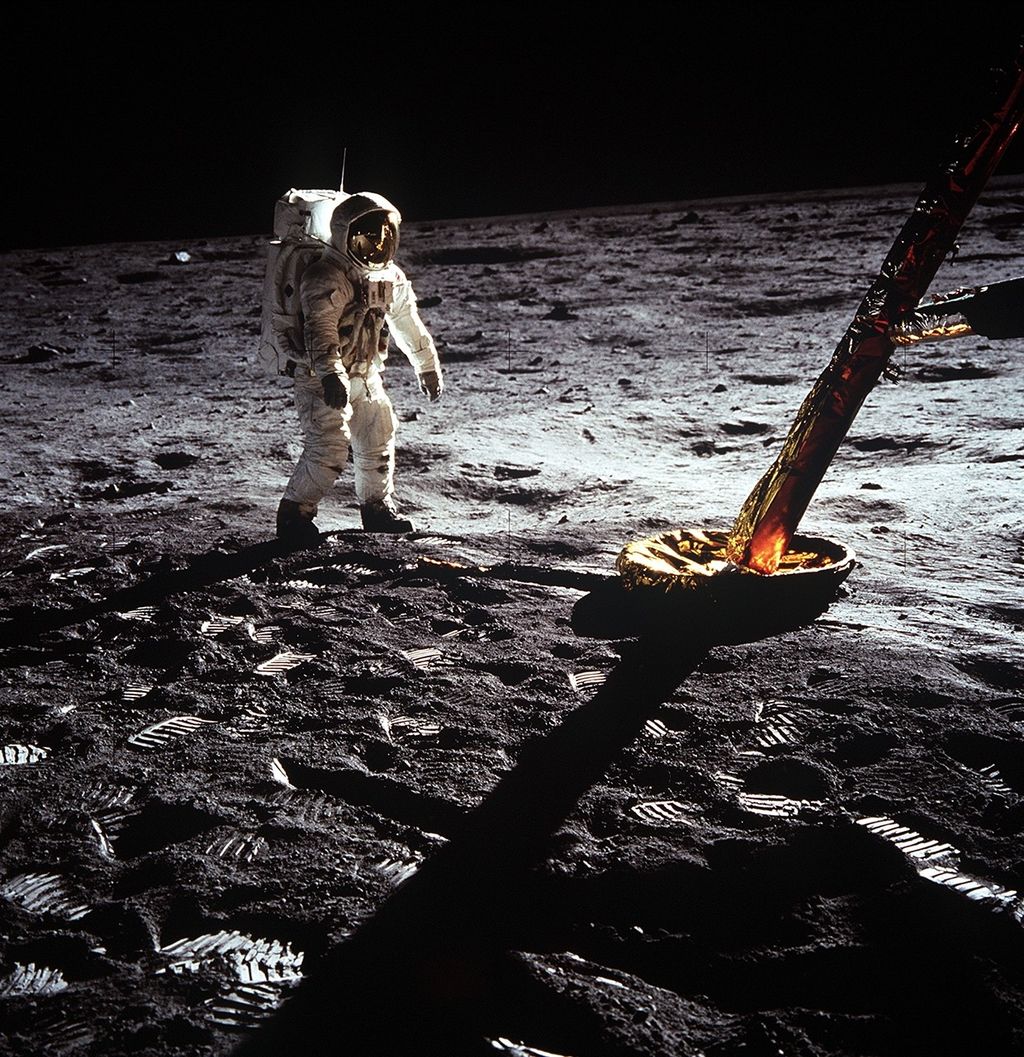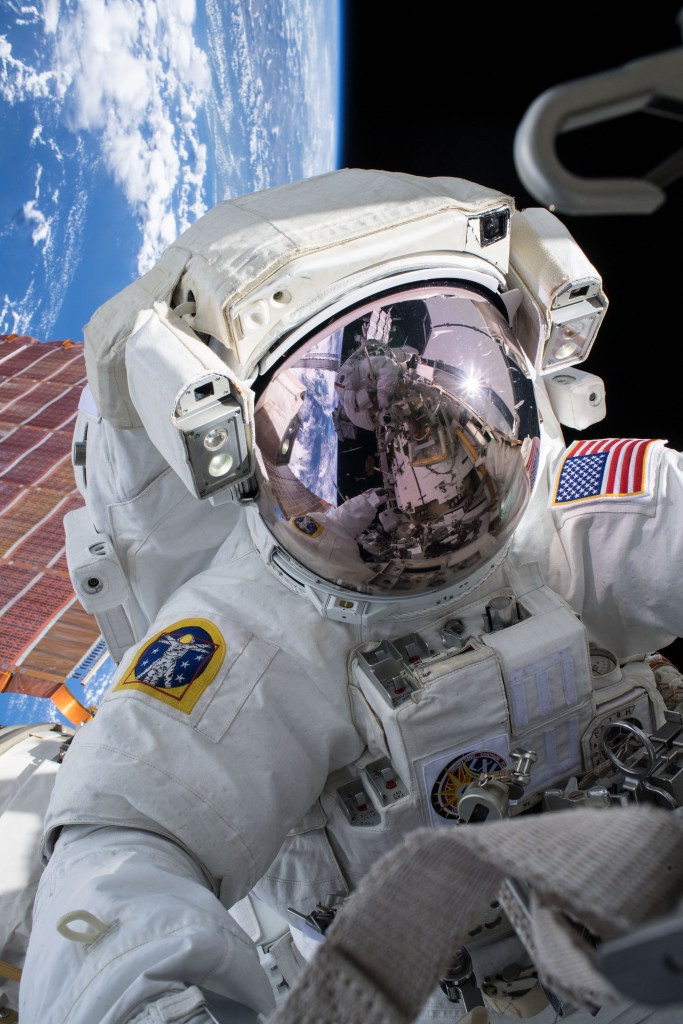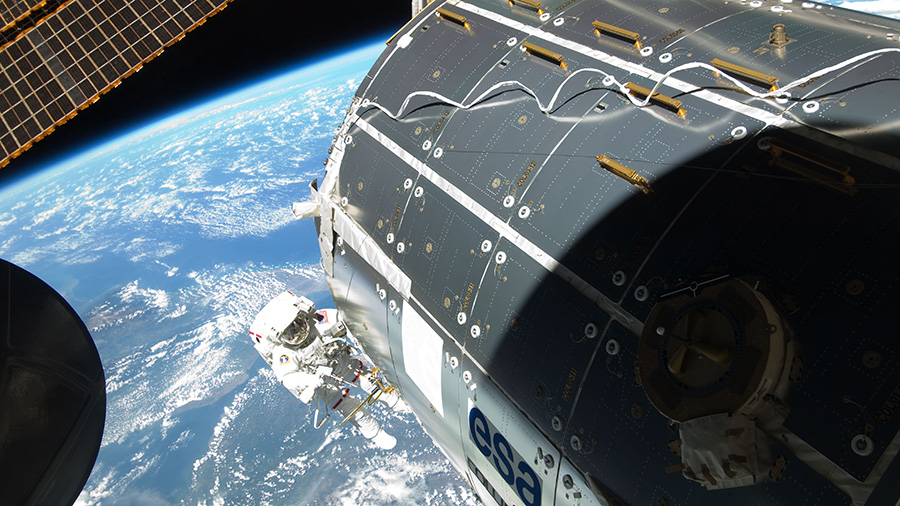Three Expedition 53 astronauts conducted eye exams Tuesday morning two days ahead of a spacewalk. The crew is also preparing for a pair of upcoming commercial cargo missions. Commander Randy Bresnik, who is leading all three spacewalks this month, joined his fellow spacewalkers for a periodic eye exam. Bresnik and Flight Engineers Mark Vande Hei …
Eye Checks and Cargo Ops Ahead of Thursday Spacewalk
